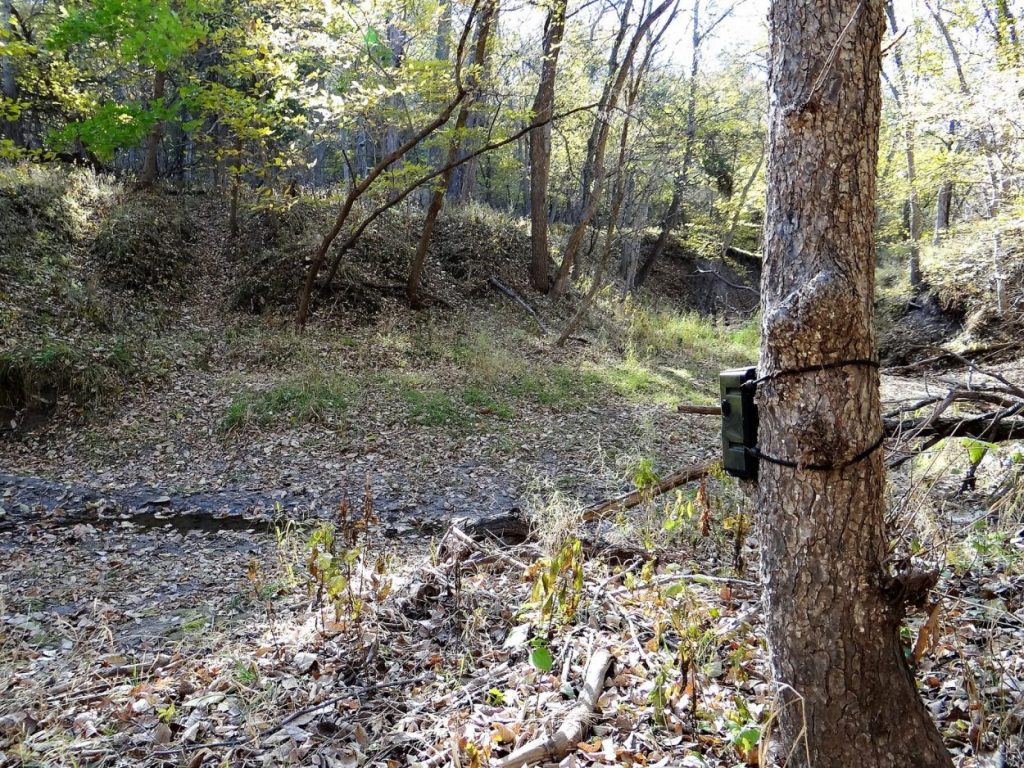“I wish more deer hunters would forget about all the stuff they have read or heard over the years and focus their deer hunting on the does in order to be more successful in the field,” says Jeff Rawlinson, longtime deer hunter and outdoor educator at the Nebraska Game and Parks Commission.
And he’s right!
Far too many of us who hunt bucks get wrapped in a rub and scrape lines, grunt calls, rattling antlers, decoys and a multitude of other things during the deer breeding period called “rut” which is happening now.
We have such tunnel vision and are so intent on seeing and taking a mature buck that we lose site of the main factor that attracts that buck during the “rut” – a doe!
For buck hunters, emphasis should be placed on finding does or doe groups.
A veteran deer hunter once told me: “If you really want to harvest a good buck during the rut, you need to know where your does eat, sleep and walk.”

That statement couldn’t be more accurate.
According to Rawlinson, too many deer stands and blinds sit over a scrape or rub line, with the assumption that bucks are still using these areas in the same manner as when they made the sign. The rut, however, changes everything and if we are not changing our tactics appropriately, we may be relegated to having an unfilled tag often comically referred to as “tag soup.”
Rawlinson says bucks dramatically change their activity once does are in estrous (heat). The bucks still may use their core habitat, but they begin concentrating specifically on does. They will follow does to bedding areas, feeding areas and loafing areas. Then, just when you think you have their patterns down, they change their attention to other does that recently have come into estrous.

Firearm deer hunters for the Nov. 16-24 season should direct their last-minute scouting endeavors and trail camera placement efforts to locate these main pathways between doe feeding and bedding areas. “That way,” Rawlinson insists, “instead of chasing bucks around the county, those deer will come to you.”

Rawlinson gives special attention to those corridors or transition zones that link doe bedding and feeding areas. In Nebraska, the link is generally a well-worn trail leading from thick cover for bedding to corn field edges for feeding, whether the corn has been harvested or not. “Bucks cruise these zones trying to find as many estrous does with as little effort as possible,” he stresses. “But, be careful not to put too much pressure on bedding areas as this can push does — and the bucks — completely out of your area. Be especially cognizant of your scent and wind direction.”
Luke Meduna, Big Game Program Manager for the Nebraska Game and Parks Commission, reinforces what Jeff Rawlinson says about doe groups and bucks during the rut. “The does stay in their core areas while bucks check these core areas repetitively,” notes Meduna. “Be reminded that bucks can go on excursions of up 10 miles looking for does.”
Also, during the peak of the rut, keep in mind deer movement can occur throughout the day as bucks continually cruise transition zones looking for the next “hot” doe. Watch for the does moving between bedding areas and restoring fluid near water sources. Rawlinson suggests staying on stand all day long and being prepared for a shot. Rawlinson adds: “Does are always on “high alert” at this time. So have your rifle, with safety on, ready to securely position at a moment’s notice when a buck is spotted. Often, the difference between simply seeing a nice deer and being able to harvest a nice deer is being ready for the shot when it is presented.”

Remember, if you hunt the doe routes, you’ll most likely encounter bucks.
I should point out if your permit allows, you would like meat for the freezer and the deer population can handle it or benefit from it, don’t be afraid to take a doe. The downed doe may attract a buck and even keep you in the field longer to try to get a buck. The Nebraska Game and Parks Commission also has an antlerless deer hunter database that may be of interest.

Why not share your overall deer hunting experience with a new hunter or youth tagging along and it will be even more enjoyable. In fact, our $8.00 youth deer hunting permits and the new Take ‘Em Hunting challenge fit perfectly together with taking a newcomer out hunting. See more information about the challenge and get involved in it here.

The post Find Does, Find Bucks appeared first on Nebraskaland Magazine.














